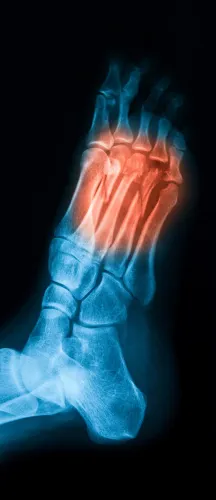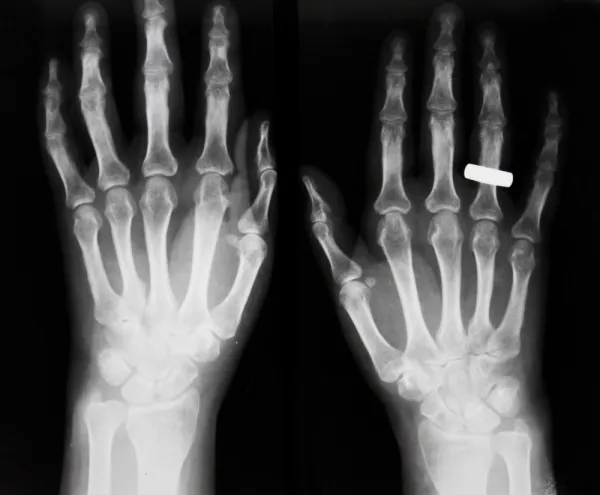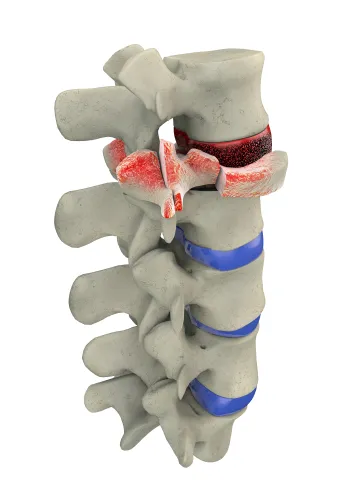Do Not Use Aftercare Codes When a 7th Character Applies

Question: The physician performed a magnetic resonance imaging (MRI) scan on a patient with a displaced fracture of the base of the right second metatarsal. The patient is in the postoperative period for an open reduction internal fixation. Should I code this as S92.321A and Z47.89? New York Subscriber Answer: You are correct in coding a displaced fracture of the right second metatarsal as S92.321A (Displaced fracture of second metatarsal bone, right foot, initial encounter for closed fracture). However, you should remember that you shouldn't include an aftercare code when the primary code includes a seventh character. In this case, the seventh character explains that this patient is receiving initial treatment for the diagnosed fracture. Therefore, the use of code Z47.89 (Encounter for other orthopedic aftercare) is both redundant and unnecessary. Some coders may argue that since this is technically a follow up surgical visit, the seventh character should be D (Subsequent encounter). However, the postoperative state for treatment of a fracture remains classified as part of the patient's initial encounter. For further clarity, ICD-10 defines subsequent encounters as "encounters after the patient has received active treatment of the injury and is receiving routine care for the injury during the healing or recovery phase." By this definition, the patient clearly would not qualify for the subsequent encounter seventh character. When the patient returns for a follow-up imaging to see the progress of the fracture's healing, you would code the fracture diagnosis with a D character (unless the fracture has not healed normally).




